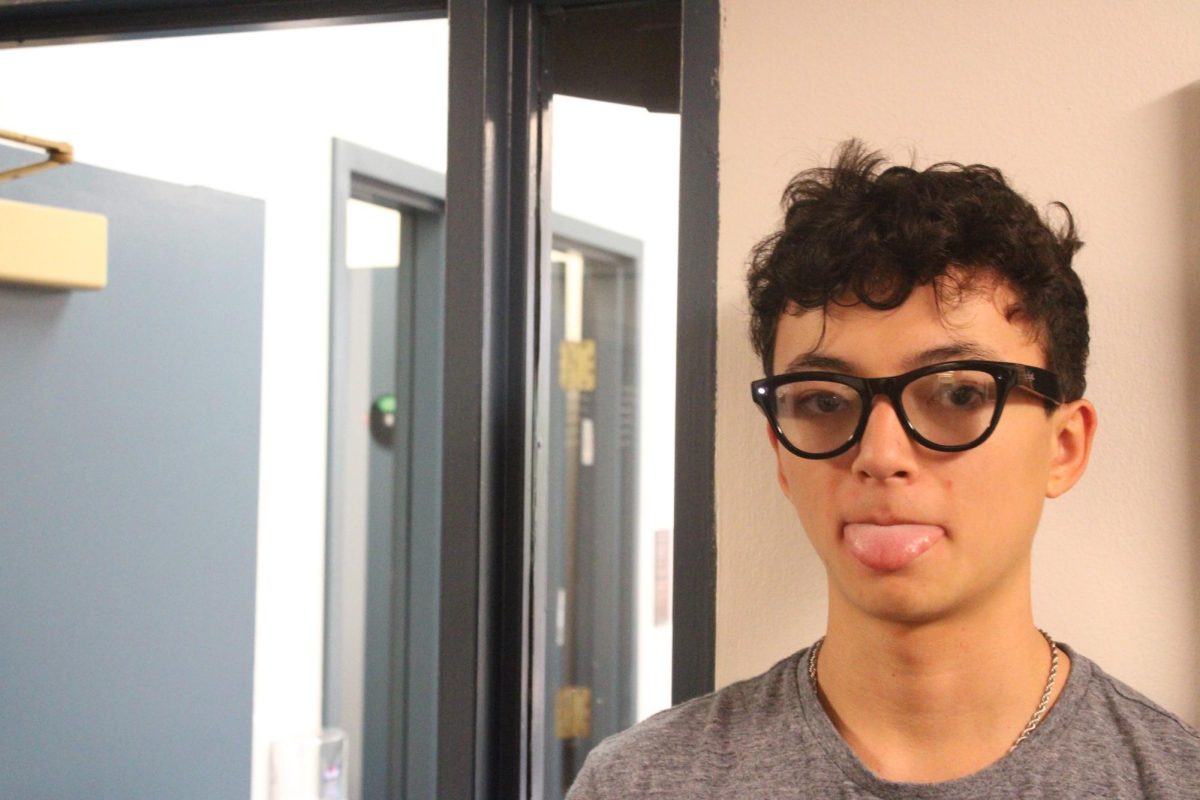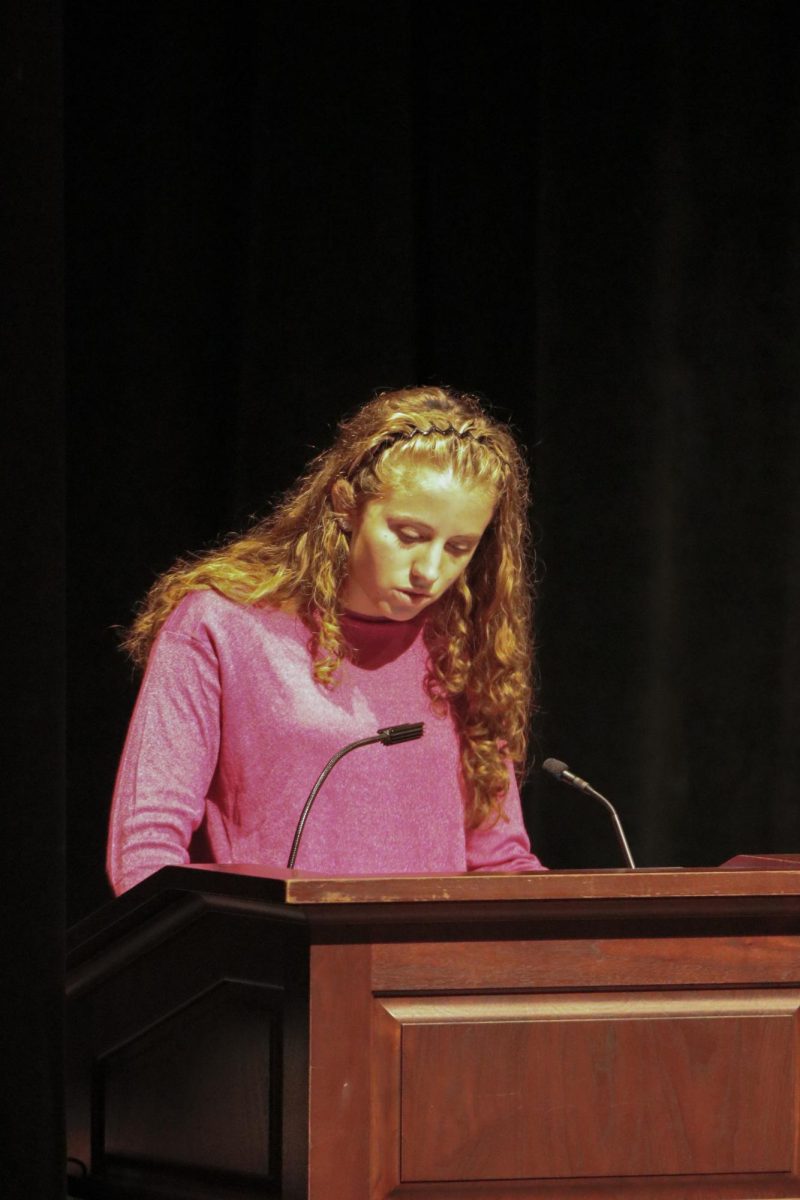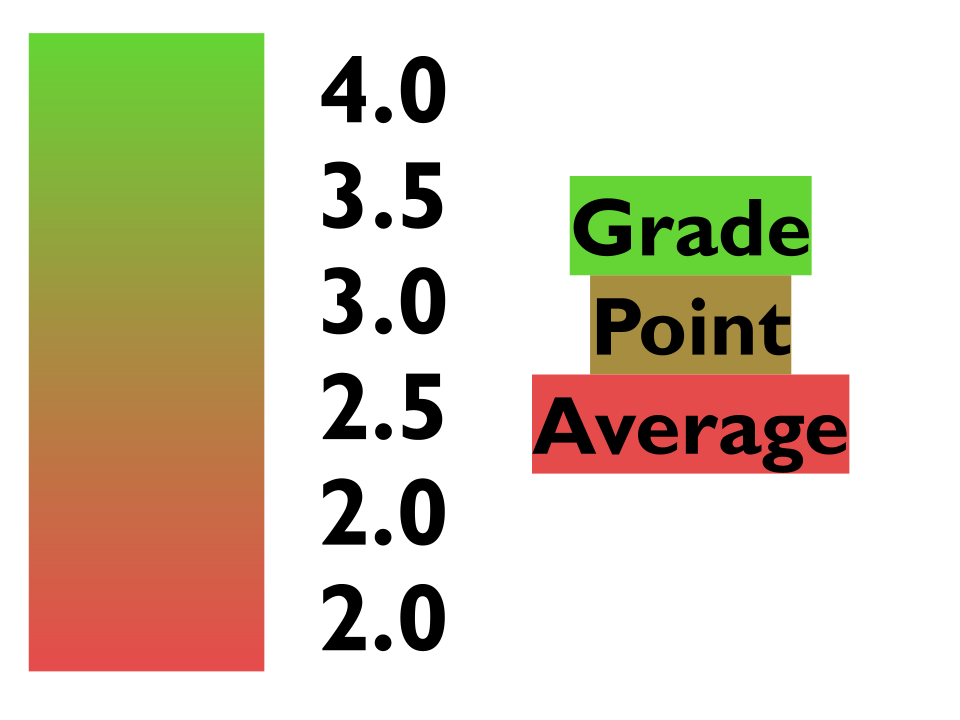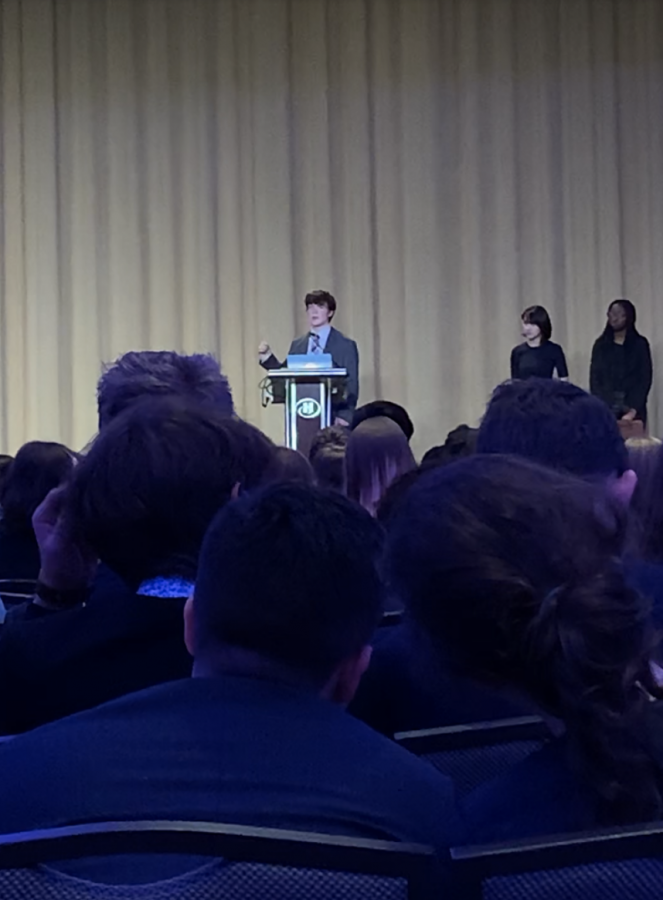Frani O’Toole
On Latin’s “At a Glance” webpage are several facts—perhaps the most interesting of them, perhaps the most controversial, is Latin’s average class size. For the Upper School, that number is 14. Taking “a glance” at Latin, what does the number say about our school? How do we, students and faculty, respond to that number? Is class size an issue that requires more exploration than a cursory “glance”?
To Malcolm Gladwell, author of the book David and Goliath, the “small class size” ideal has misled parents and policymakers and distorted the reality of classroom learning; through case studies and teacher testimonies, Gladwell has come to the conclusion that quantity does equal quality—but not in the direction we might assume.
The crux of Gladwell’s argument is that as class size diminishes, so does the breadth of opinion; according to Mr. O’Toole, Upper School teacher and registrar, Latin has had the same concern. He says that “because we’re driven primarily by student choice in terms of who ends up in what classes, there are definitely classes that do not have the same balance of gender or ethnicity. There’s no question that that changes the complexion of the discussions that can happen.” Mr. Legendre, Upper School Science teacher, adds that “It feels like you can get to a point in a non-independent study setting where small size hurts because there’s a dearth of ideas, or because it’s always the same kids working together.” The “critical mass” of students required to generate a dynamic class atmosphere varies. Ms. Hennessy, Upper School history teacher, has found that “you get a pretty diverse set of opinions with twelve to fourteen students […] This year for HUSH [Honors United States History] I have one section of 12, one section of 14, and one section of 17. The sections of 12 and 14, but mostly twelve, have the best group discussions and group dynamic. They work together best, and they are more effective at talking to each other in a discussion.”
Aside from the “breadth of opinion” argument, Gladwell conveyed most of his theories through analogies; for example, he compared the atmosphere of small classes to “a holiday dinner table” or “the backseat of a car,” where there’s either counterproductive friction between students or a single, monopolizing voice. Mr. Marshall, Upper School english teacher, says that “It’s sometimes nice in a class to develop a consensus, especially if you’re talking about something that’s disputed”—a consensus that, in a very small class, may be difficult to achieve.
Gladwell would likely disapprove of Latin’s 14-student average, as it’s far below his calculated number of 18-24. Within each department, the average differs, as does the “ideal” class size. For math, Upper School math teacher Mr. Van cited “somewhere in the teens” as the ideal. For science, Mr. Legendre cited 18 for lab-based classes—as that is the number they can somewhat comfortably fit around the classroom’s lab benches and equipment— and 24 for non-lab classes. He gave 24 for its easy divisibility into different group sizes, which is the same logic Ms. Hennessey and Mr. Marshall applied when choosing 12 as their ideal.
Many students, on the other hand, seemed to prefer numbers a lot lower than their teachers. Of fifteen students surveyed, six gave “8” or “7-8” as the best size class: why did so many students choose “7-8” or “8,” when, as Mr. Van said (and as many teachers agree) “In many cases, once you start to go south of 10 in class, you go below critical mass and now there’s not much learning occurring in a community sense.” Do the results of the student survey indicate our close confidence with our teachers, where we don’t feel too vulnerable or uncomfortable in small classes? Or do the results indicate a possible disadvantage when it comes to large classes—a situation that may make some lecture-based college classes a difficult adjustment. Are we really as comfortable raising our hand in an assembly/gathering environment as we are around the class table?
Whatever the answer, Latin’s structure is unique. It’s worth noting that, with an average class size of 14, we have one of the lowest figures in the city—Francis Parker has an 18-student average, as does U-High. With 14, Latin is even below the national private school average of 18 students. Taking an even broader look, a recent Chicago Teachers Union report estimated the average Chicago Public High School class size to be 25.1, with 31 as the highest recorded. Chicago Public Schools have some of the highest numbers in the country, and 25.1 is even higher than Gladwell’s maximum. Mr. O’Toole says that Gladwell’s argument is mostly directed to public schools, and that comparing it to Latin is “not quite an apples to apples argument.” Latin, he says, puts a larger emphasis on elective options that cater to students’ interests, which results in more specialized, smaller class sizes.
Gladwell put the class size chapter in David and Goliath —a book otherwise about “underdogs, misfits, and the art of battling giants”—to say that no one factor can determine an “underdog” or “misfits” success. That, I think, we can all agree on. As Mr. Van says, a class’s collective success “depends on so many factors—the teachers, the students, how comfortable or uncomfortable they are with participating in that sort of discussion.”
No word yet on the size of David’s slingshot class.]]>






















































Julius • Dec 19, 2013 at 4:12 pm
I like small class sizes. I’ve never really thought about it, except when I had a particularly large or small class. My Latin classes, before this year, were usually under 10 people, and we had a great cohesion. I feel that is true in nearly all, if not every one of, my classes, with most of them having 14 people. Without analyzing it too much, I can say that, with regards to the class size, nothing feels wrong, plenty of stuff feels right, and there’s no need to go messing with the class size.
Great article, too!
botoole • Dec 15, 2013 at 10:05 pm
Great article, Frani!